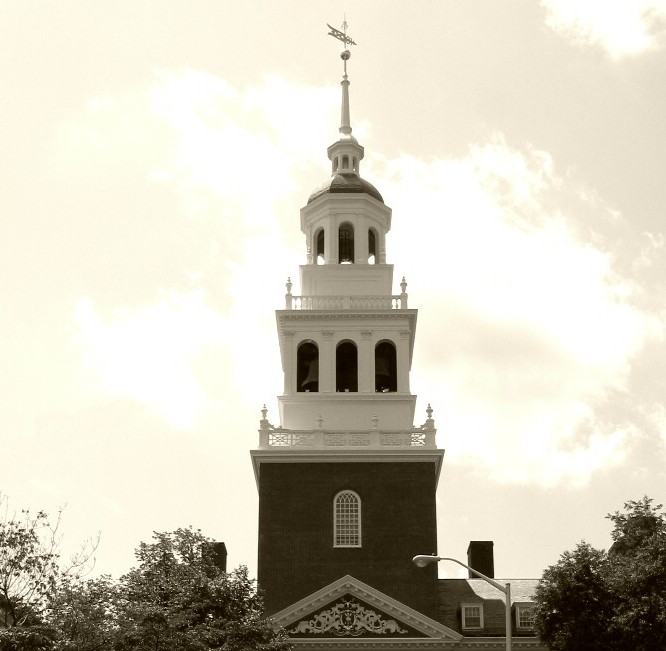Scholarships and tuition used to be inextricably bound together, with the college not raising tuition above what scholarships could afford; how times have changed.
"Rising tuition fees and a lack of scholarship support for an increasing number of college students forces more and more students to finance their university education through student loans. According to the Institute for College Access and Success, in 2013 seven in ten graduating seniors at public and private colleges owned an average of $28,400 in student loans. Student debt has a significant impact on the life and career of graduates—shaping the decision to buy a house to the decision to start a family. Beyond these repercussions on the individual level, the growing student debt also poses an increasingly significant threat to the stability of the American economy. In 2014, student loan debt surpassed all other forms of debt for American households (including mortgages and credit card debt). And default on student loan debt, at close to 20 percent, climbed to an all time high.
"All experts agree that higher education funding is in a deep crisis and that students pay a high price for a college education that no longer guarantees them a well-paid job. Yet both historians and scholars of education have largely failed to study the ways in which obtaining a college degree was funded in the past and how tuition, scholarship aid, and student loans have developed over time. We need this historical perspective not only to understand the economics of higher education but also to find a way out of the current funding crisis for higher education."--Thomas Adam, HistPhil






